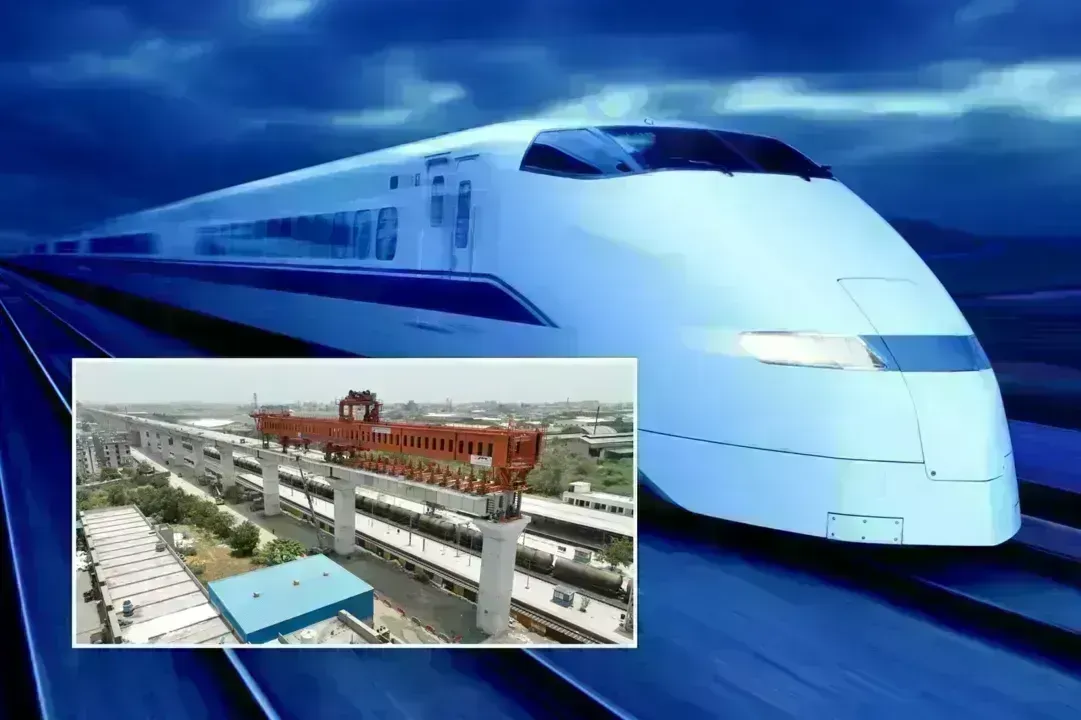
Post by : Shivani
India's high-speed rail initiative marks a transformative leap in the nation's transportation landscape. The ambitious bullet train project, spearheaded by Indian Railways and international partners, aims to significantly reduce travel times while boosting economic growth. In 2025, the Mumbai-Ahmedabad corridor is nearing completion, with advanced trainsets, modern stations, and safety systems being installed. Experts emphasize that this project not only modernizes rail infrastructure but also serves as a model for future high-speed corridors across India. Key statistics include projected speeds of 320 km/h and travel time reductions from 8 hours to 3 hours between Mumbai and Ahmedabad. Transport economist Dr. Anil Kumar notes, "This is a game-changer for connectivity and regional development."
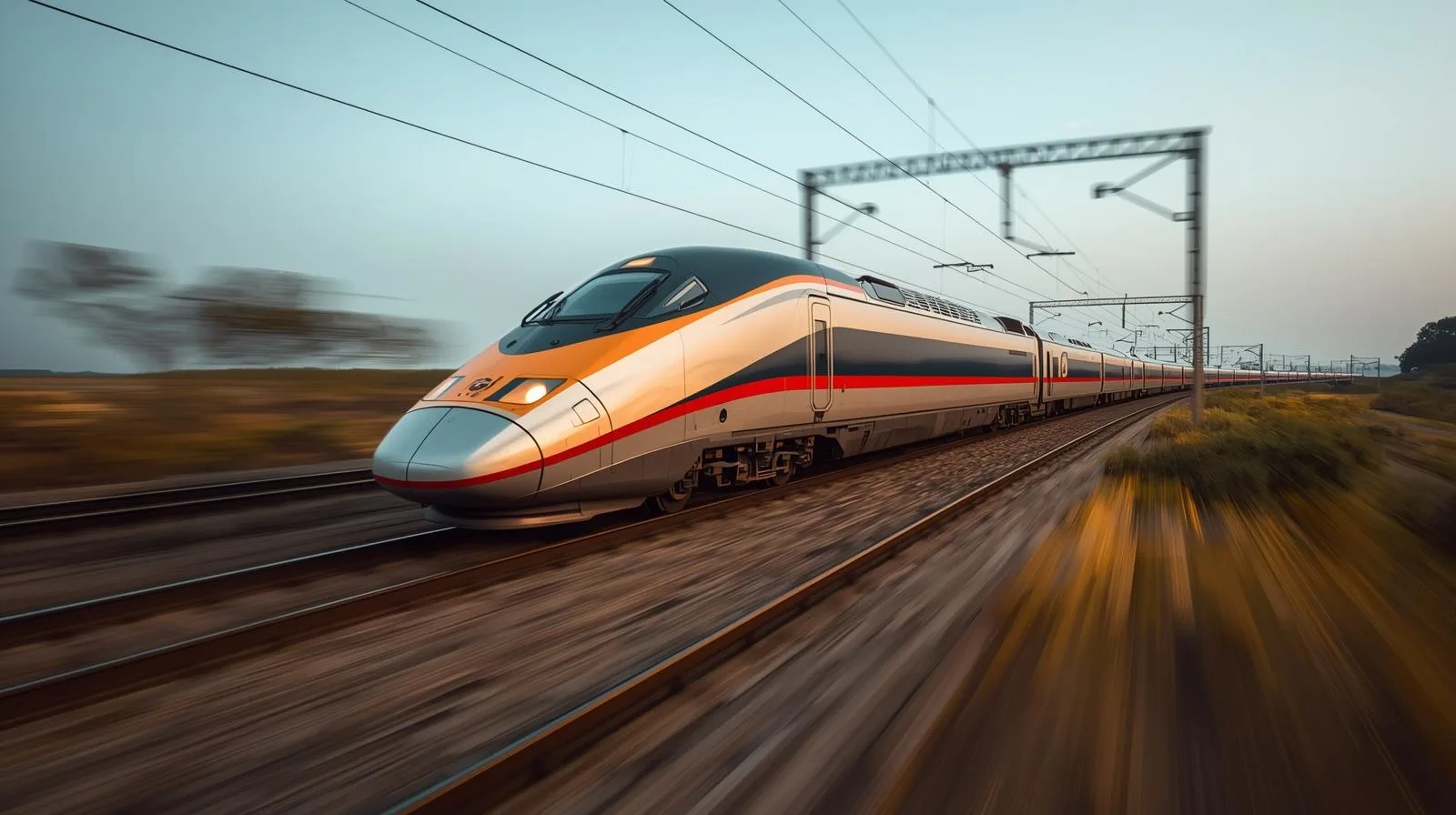
India's rail transport has evolved over nearly two centuries, from steam locomotives to electrified trains. Large-scale projects like the Dedicated Freight Corridors and station modernizations paved the way for high-speed rail initiatives. Previous efforts faced challenges such as land acquisition delays, funding bottlenecks, and technological limitations. The current bullet train project was conceptualized to overcome these barriers, with objectives including cutting travel time, reducing carbon footprint, and fostering economic corridors. The project is part of India’s broader modernization plan under the "Make in India" and "Atmanirbhar Bharat" initiatives.
The bullet train project is set on the Mumbai-Ahmedabad corridor, spanning 508 km, with 12 stations. Japanese Shinkansen technology has been adapted to Indian conditions. The project, costing ₹1.08 lakh crore, includes state-of-the-art tracks, signaling systems, and trainsets capable of 320 km/h. As of 2025, civil construction is over 85% complete, with testing underway. Future corridors under planning include Delhi-Varanasi, Mumbai-Nagpur, and Chennai-Bangalore, each employing high-speed rail technology for efficient regional connectivity. Data shows expected reductions in travel time and energy consumption per passenger compared to conventional rail. Bullet train deployment also generates direct and indirect employment, supports MSMEs, and boosts tourism and trade along the corridor.
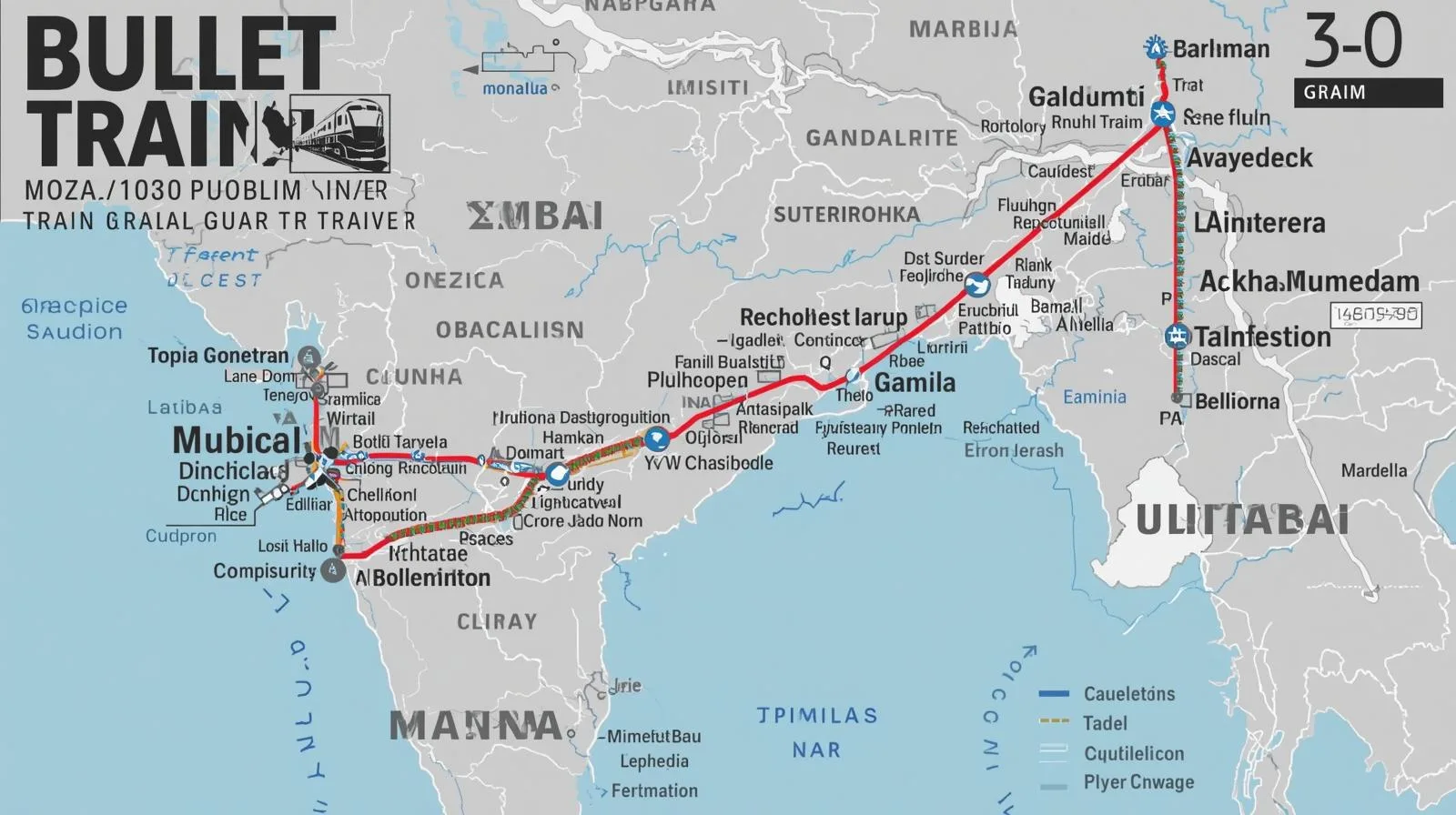
Transport experts, government officials, and economists provide diverse perspectives on the project’s feasibility and impact. Dr. Priya Sharma, a rail infrastructure expert, states, "The Mumbai-Ahmedabad bullet train demonstrates India’s ability to adopt global best practices." Meanwhile, some economists question cost overruns and land acquisition policies. Indian Railways officials highlight job creation, technology transfer, and training programs as long-term benefits. These insights inform policymakers and the public about potential improvements, regional integration, and economic outcomes.
Media coverage, social media trends, and investor sentiment indicate both excitement and skepticism. X (Twitter) users frequently discuss reduced travel times and modern amenities, while debates persist over ticket pricing and environmental impact. International observers note the use of Japanese Shinkansen technology adapted to Indian conditions as a successful technology transfer model. Financial analysts consider the project a long-term economic investment for India’s infrastructure growth.
The high-speed rail is expected to drive economic development along industrial and commercial corridors. Urbanization may accelerate near bullet train stations, improving real estate values and connectivity. Environmental benefits include lower CO2 emissions per passenger km. Policy implications suggest increased investment in regional high-speed corridors, improved urban planning, and a potential shift in freight movement to faster rail networks. Long-term, this project positions India as a global leader in high-speed rail adoption.
This article provides an overview of India’s bullet train project in 2025 and does not constitute investment or travel advice. Data and projections are sourced from government and industry reports, and outcomes may vary as the project progresses.
India Bullet Train 2025 High-Speed Rail India Mumbai-Ahmedabad Bullet Train Indian Rail Infrastructure Transportation Development India Economic Impact of Bullet Train Rail Projects India Bullet Train Updates High-Speed Rail Technology Indian Transport Policy
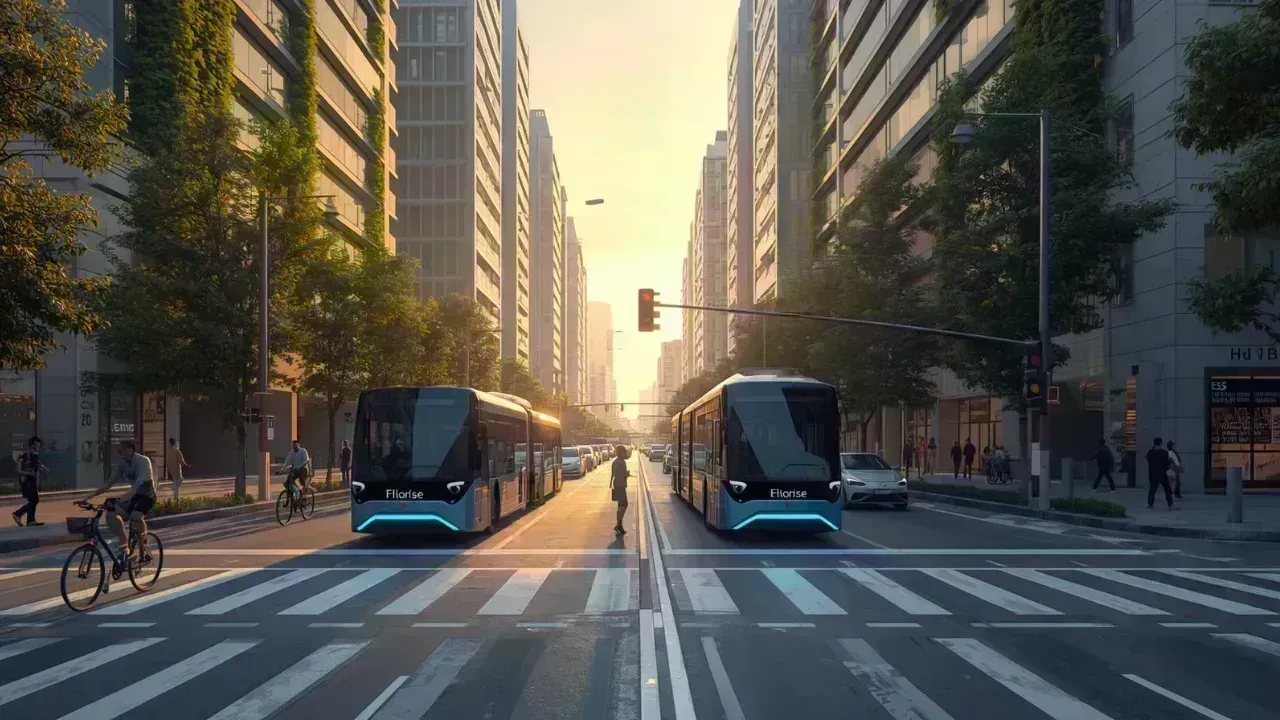

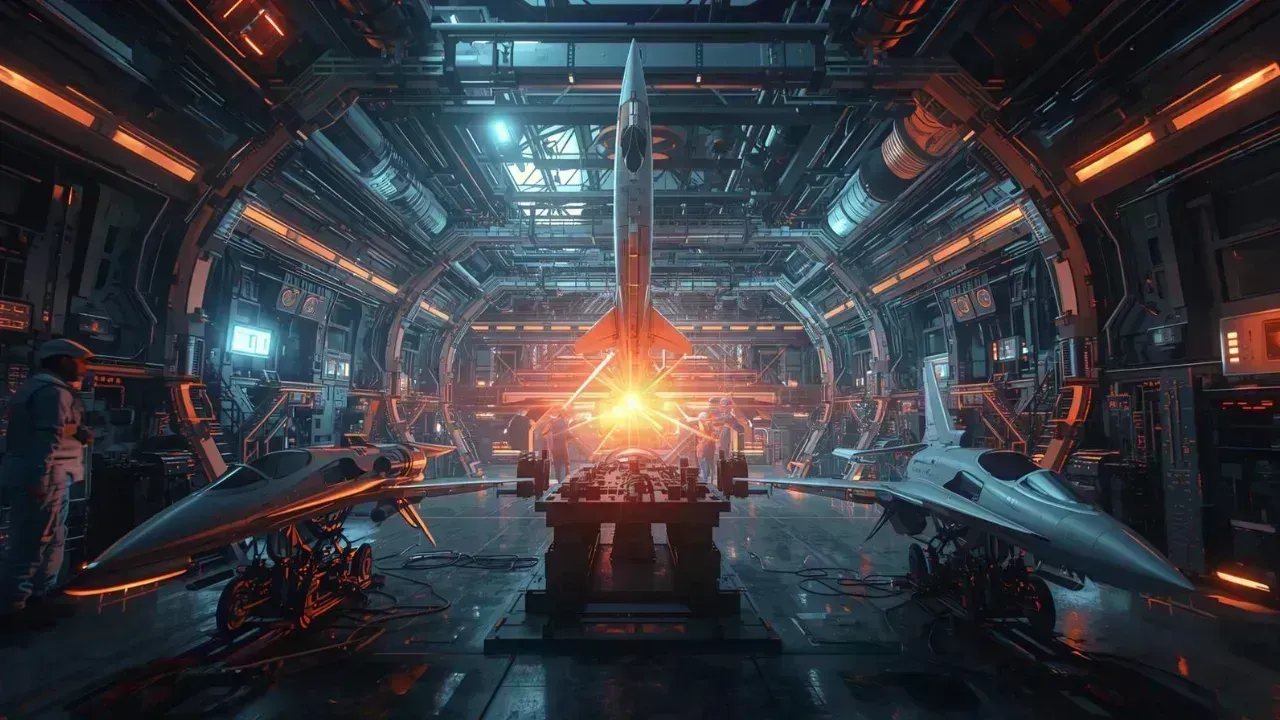


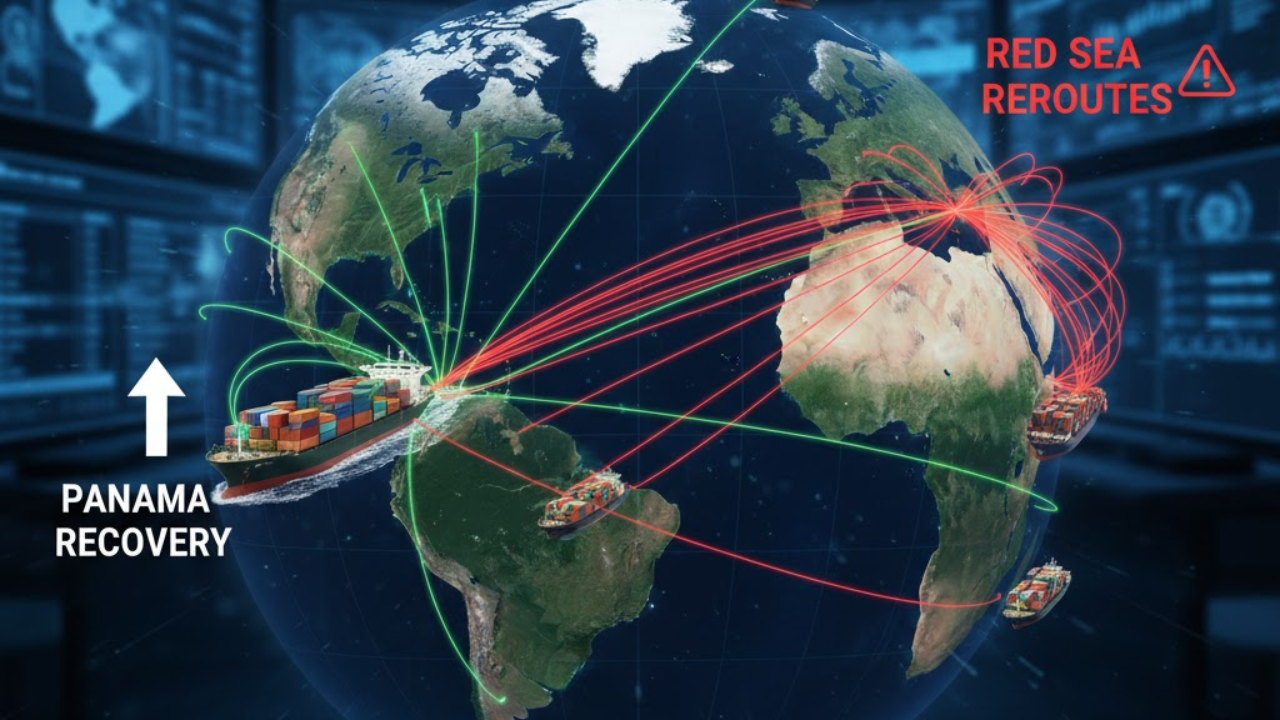



Bengaluru-Mumbai Superfast Train Approved After 30-Year Wait
Railways approves new superfast train connecting Bengaluru and Mumbai, ending a 30-year demand, easi

Canada Post Workers Strike Halts Nationwide Mail and Parcel Services
Canada Post halts operations as CUPW strike disrupts mail and parcel delivery nationwide amid disput

PM Modi Launches BSNL ‘Swadeshi’ 4G Network, 97,500 Towers Built
India enters global telecom league as PM Modi inaugurates BSNL’s indigenous 4G, connecting 26,700 vi

India’s Iconic MiG‑21 Takes Final Flight After Six Decades of Service
After 60 years India retires its MiG‑21 fighter jet, a legendary yet controversial warplane marking

Hindustan Zinc unveils AI hotspot monitoring at Debari smelter
Hindustan Zinc launches AI-powered Switchyard Hotspot Monitoring at Debari smelter to cut outages bo

Chinese experts worked inside sanctioned Russian drone plant
Chinese drone specialists visited IEMZ Kupol supplying parts and drones via intermediaries, deepenin